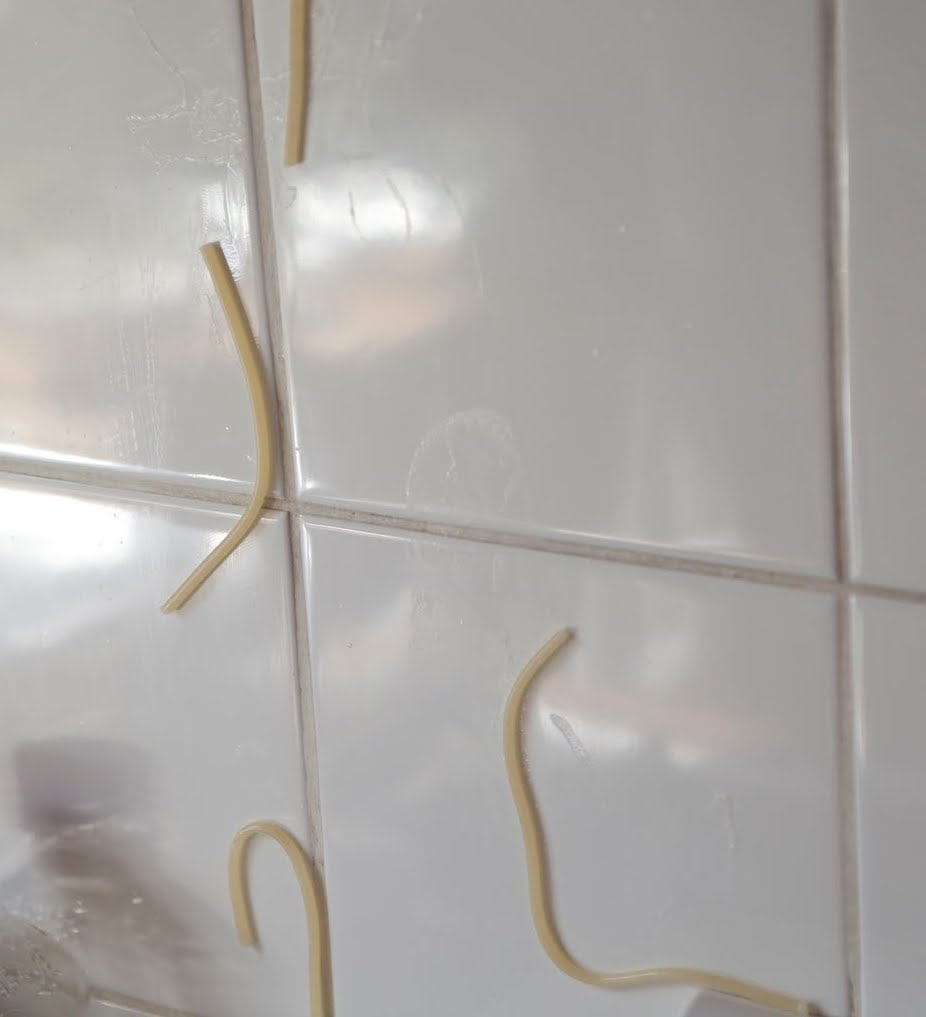Let’s say you’re stuck in your progress toward a goal. Doesn’t matter what goal – it could be a physical feat or it could be getting your homework done. There are two generally accepted ways to make progress: incremental change (ideally with tracking) and jumping off a cliff (not literally).
Incremental change is the preferred method: it can be tracked, measured, and reproduced. When you make progress you know WHICH thing enabled the progress. You know that it was the fact that you started flossing your teeth right after eating that made you less likely to snack, versus putting an alarm on the fridge door. You know which behavior change you are in the middle of, and therefore you know what is working. Incremental change gets much love, partly because of how sciency it is, probably also because it is easier chunks to bite off if you’re the person making the changes.
But here’s the problem. It’s fucking slow. Sometimes you need or want the end result to happen very soon, or at a particular point in time rather than just “when it happens”. This is where jumping off a cliff becomes useful. For clarity’s sake, let’s alternatively call this method the Spaghetti Approach.
In the spaghetti approach, you simply change a whole BUNCH of stuff all at once. In the snacking example, you padlock the fridge, take herbal appetite suppressants, floss after eating, drink water before meals, AND buy a dress a size too small. You throw all the spaghetti against the wall at the same time. If enough of it sticks, you have made your breakthrough in record time. The only drawback (if you can even call it a drawback – it depends on how sciency you like your life to be) is that you won’t know for sure what really worked, and which pieces of spaghetti you can ignore the next time around.
BUT, here’s why the drawback might not be a drawback. The next time around, things might be totally different. Knowing exactly what worked before might not even be useful. This is especially true with things involving the human body or even relationships. Humans are just a mess of ever-shifting potential. It’s true you can generalize, of course. If you take up weightlifting, you will almost certainly get stronger. But generalizations are for generalized results. Doing MORE weightlifting, and MORE, and MORE, will not necessarily move up your maximum squat by 20 pounds. When things get detailed, humans get slightly less reliable results.
What works today or this month or this year or this decade will not necessarily work again.
This is why my 2014 Wasatch Front 100 race is getting the spaghetti approach. I am going out for a breakthrough, and I’m going to try a lot of new things. New things that I have not tried before, or things I have not done in an ultra in awhile, but all things that I have reasonable confidence will not be utter disasters. I’m not going to just decide to go keto-adapted and eat only macadamia nuts. That would be truly nuts.I am happy to share my plans. So here is what I *am* going to do:
- Use music. I never, ever, run with music. But I know it helps a ton of people and has sciency research to back up its effects on performance. (See, science!)
- Bring back my gaiters (woo, Dirty Girl!). Haven’t worn these in several years and dust/dirt is a big issue for my feet on this course.
- My own hydration drink, always. Preloaded dry into bottles or baggies in drop bags. Tailwind, if you’d like to know.
- MOAR calories. I undereat at ultras and I suspect that it has an effect on my pace, even if I don’t feel like I’m bonking.
- New food (to adjunct to #4) – rice balls. Many, many rice balls.
- Swap hydration pack at mile 82 for bottles.
Of all of these, the one with the most potential for bad effects is #4. That will have to be monitored closely so I don’t hurl all over the trail (at least not more than once, anyway). All the rest should have minimal side effects and if they are annoying I can stop or change course in moments.
Wish me luck and sticky pasta.


2 thoughts on “The Spaghetti Approach to Achieving a Breakthrough”